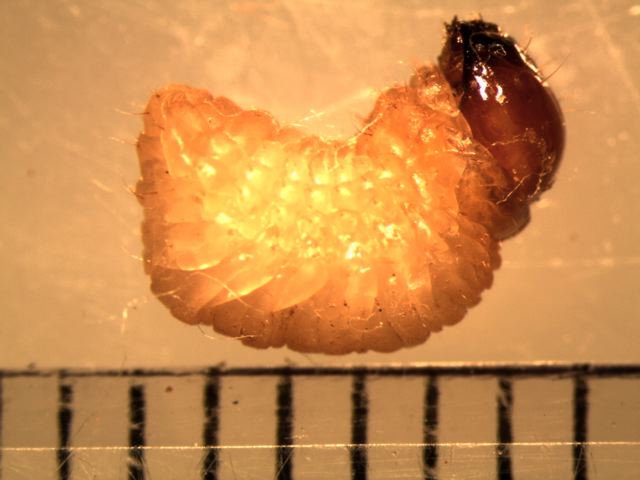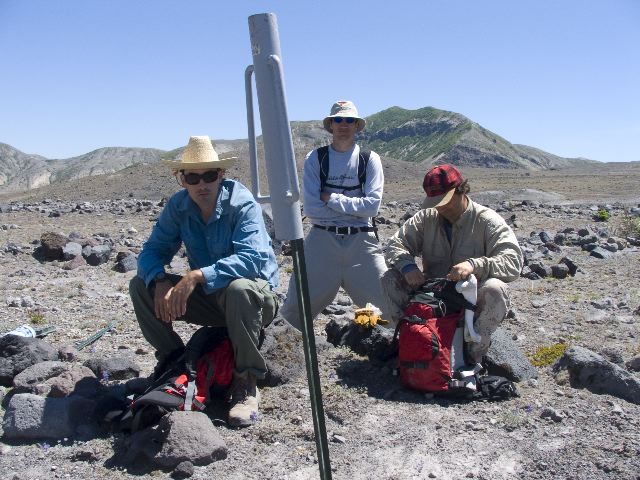Impacts of Insect Herbivory on the Pace and Pattern of Successional Change at Mount St. Helens
This research project examining the effects of insect herbivory on succession at Mount St. Helens is a collaboration with John Bishop (WSU) and Charlie Crisafulli (USFS) funded by the US National Science Foundation (NSF). We are focusing on the ways insect herbivores are influencing the ecological recovery of the volcano Mount St. Helens through their impacts on early colonizing plant species (lupines and willows). Previous work by my collaborators and I on the spatial dynamics of recovery at Mount St. Helens was recognized with the Presidential Award from the American Society of Naturalists.
Mount St. Helens Datasets
Long term datasets on the plants, insects, and vertebrates of Mount St Helens, funded through grants from the US National Science Foundation and the US Forest Service to Charles Crisafulli, John G. Bishop, and William F. Fagan, are available at:
Ph.D. Student Projects
I am studying the relationship between herbivory and primary succession on Mount St. Helen's 'Pumice Plain.' Specifically, I am examining how stem-boring insect herbivory by weevils (Cryptorhynchus lapathi) and sesiid moths (Paranthrene robiniae) and elk herbivory (Cervus elaphus) interact with plant tolerance and resistance to affect nutrient cycling and the pace and pattern of Sitka willow (Salix sitchensis) recolonization.
I am studying the dynamics of the bird community in successional habitats at Mount St. Helens. I am examining three aspects of bird community dynamics during succession: (1) On the Mount St. Helens Pumice Plain, I am studying the reproductive success of breeding birds through nest monitoring, (2) I am studying the interannual dynamics of bird community structure and composition on the Pumice Plain through repeated transect surveys across several years, and (3) I am studying the large-scale temporal and spatial patterns of bird colonization and community assembly across thirty years of ecological recovery folloing the 1980 eruption at Mount St. Helens.
Related Publications:
*Copyright Notice below- Marleau, J.N., Y. Jin, J.G. Bishop, W.F. Fagan, and M.A. Lewis. 2011. A stoichiometric model of early plant primary succession. American Naturalist 177: 233-245. abstract
- Fagan, W.F. , M.A. Lewis, M. Neubert, C. Aumann, J. Apple, and J.G. Bishop. 2005. When can herbivores reverse the spread of an invading plant ? A test case from Mount St. Helens. American Naturalist . 166 : 669-686 (plus 8 pages of online enhancements)
 PDF / abstract
PDF / abstract - Fagan, W.F., and J.G. Bishop. 2000. Trophic interactions during primary succession: Herbivores slow a plant reinvasion at Mount St. Helens. American Naturalist 155: 238-251.
 PDF / abstract
PDF / abstract



